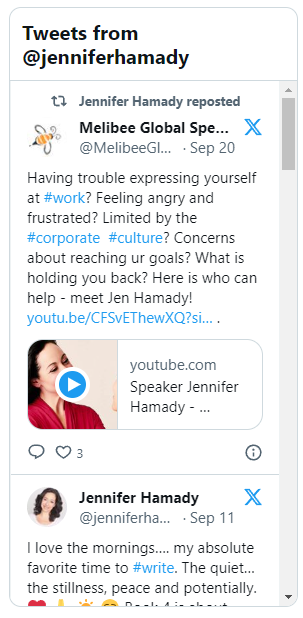Performance anxiety is an elephant-in-the-room sized issue for everyone who spends time on any kind of a stage. Managing it is the subject of a thousand books, workshops, and programs that teach how to deal with its effects… how to ride the wave rather than have it come crashing down upon you.
Yet only a fundamental shift in how performance anxiety is perceived will allow you to overcome and transcend it.
A shift that begins by first considering how the majority of us view stage fright: as a barrier between a performer and an audience.
This may not be news to most of you. But what may come as a surprise is that performance anxiety as a barrier only exists when another much larger barrier is already in place: the perception of the performance as a performance, rather than as a communion, a conversation and a connection.
To illustrate what to some may seem like a foreign concept, consider the excitement you feel at a wedding, watching a concert, or when meeting a long lost friend. Most of us don’t call this excitement anxiety, even though many of the same physiological reactions are being triggered. Why? For one, in these instances we’re participating and sharing in the moment with those around us. We are not focused on ourselves. We are in tune with the group.
In our culture’s current understanding of performance, however, the opposite is true. As we make our way to the stage, the wall of separation rises, and the opportunity for communion and connection instantly transforms into a profound sense of self-absorbed isolation. Standing opposite and apart, the fear in our bellies rise as we wonder about and focus on one thing: “will they like me?”
To break away from this conditioned response and overcome the dual barriers that are performance and anxiety, we must move closer to those we’ve walked away from.
Who are the people sitting there before you, not only collectively, but individually? What do they want and need? What are they looking for in their lives? Imagine that they have come to your home to share a meal, discuss their concerns, their ideas, and their dreams. How would you reach out to them? How would you help?
Those who come to experience your sharing on stage are no different. While they are there to listen to you, they are in fact asking to be heard. They are waiting to be touched, and to feel inspired. They are longing to experience something in your voice and expression that will open them up further to themselves.
You might be the one on stage, but it is not about you.
When you begin to get this– that a ‘performance’ is actually an invitation to and participation with others, rather than an offering of the self– the grip of anxiety begins to unravel and fade. Why? Because when you’re listening deeply to another in this way, both on and off of the stage, it is almost impossible to be concerned with how you look and sound.
Those stuck in the ‘on stage’ version of performance so common in our society imagine there to be a great divide between their best and worst shows, and therefore fearfully obsess about the technicalities that those who see performance as a communion know are largely irrelevant in the minds of those listening for something vastly more valuable.
If you want anxiety, stick to performing. If you want to move others and be moved by them, start listening.
To learn more about performance anxiety and the psychology of singing and performing, click here read Jennifer’s books The Art of Singing and The Art of Singing Onstage and in the Studio.
How To Overcome Performance Anxiety, originally published in Psychology Today


“While they are there to listen to you, they are in fact asking to be heard. ”
This is , to me, likely the most important thing you have ever said.
Thank you, dear John. Best wishes!
Hello again, Jennifer.
I guess I’m going to read your book. I’m sold. I decided that I only stand to benefit from your wisdom in words. Thanks, again. Marta
Hi Marta, and thank you for your comments and kind words. Enjoy the book and please let me know what you think!